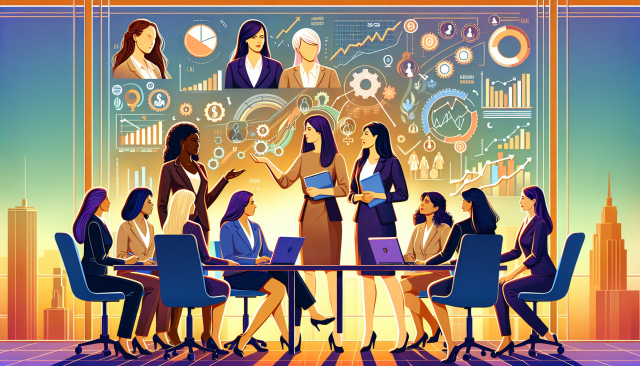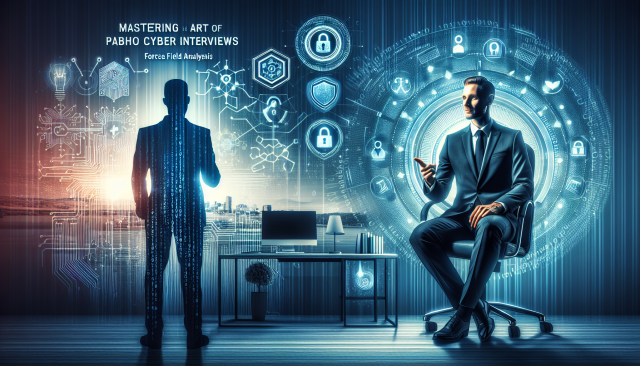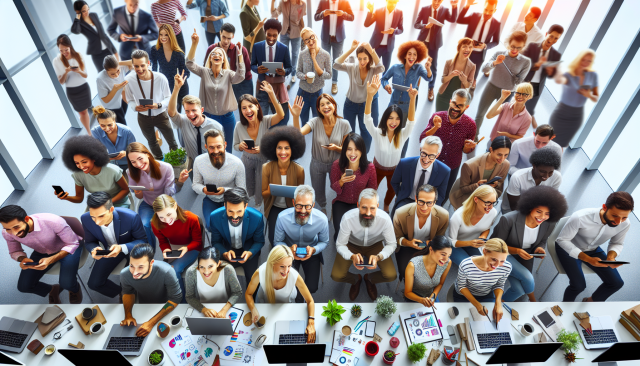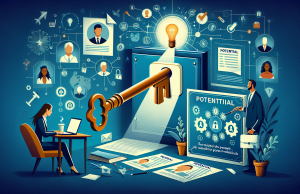Nurturing a Brighter Tomorrow: Empowering Women Through Education
Nurturing a Brighter Tomorrow: Empowering Women Through Education
As we pause to reflect on Women’s History Month, it’s crucial to acknowledge the undeniable power that education holds in transforming the lives of women worldwide. Education has long been regarded as the bedrock of progress, a catalyst for change, and a beacon of hope for a brighter future. Today, we delve into how fostering education for women can drive a growth mindset, leading to societal advancement and meaningful contributions.
The Transformational Power of Education
Education is not just about acquiring knowledge; it’s about empowering individuals to think critically, make informed decisions, and take charge of their destinies. For women, educational opportunities open doors that were once closed, allowing them to explore possibilities beyond societal constraints and traditional roles.
Through education, women develop a growth mindseta concept rooted in the belief that abilities and intelligence can be developed through dedication and hard work. This mindset is essential in overcoming barriers and embracing challenges as stepping stones rather than insurmountable obstacles. It fosters resilience, creativity, and an unyielding drive to succeed, no matter the circumstances.
Breaking Barriers, Building Bridges
In many parts of the world, women face formidable barriers to education, including cultural norms, economic hardships, and lack of access to resources. However, the nonprofit sector has been instrumental in breaking down these barriers, creating pathways for women and girls to succeed.
Nonprofit organizations play a pivotal role in providing educational opportunities that would otherwise be inaccessible. Whether through scholarships, mentorship programs, or community-based initiatives, nonprofits are building bridges to brighter futures, one educated woman at a time.
These organizations understand that when women are educated, communities flourish. Women invest in their families, contribute to economic growth, and become change agents in their societies. Education is the key to breaking the cycle of poverty and fostering an environment where everyone has the opportunity to thrive.
Inspiring Future Generations
As nonprofit professionals, the responsibility to champion the cause of women’s education is paramount. By inspiring future generations of women to embrace a growth mindset, we lay the foundation for a world where gender equality is not just a distant dream but a tangible reality.
Women who are empowered through education become role models for the next generation. They inspire young girls to dream big, reach higher, and never settle for anything less than their full potential. This cycle of empowerment nurtures a culture of continuous growth and development, leading to societies that value equality and diversity.
A Call to Action
As we celebrate Women’s History Month, let us renew our commitment to empowering women through education. Let us recognize the invaluable contribution of nonprofit organizations in this endeavor and support their mission to create lasting change.
In the words of Malala Yousafzai, “One child, one teacher, one book, and one pen can change the world.” Together, we can ensure that every woman, regardless of her background, has the opportunity to learn, grow, and make her mark on history.































